NVIDIA Tesla H100 80GB is a high-performance GPU (graphics processing unit) launched by NVIDIA, mainly used in data centers and high-performance computing fields, with powerful computing power and parallel processing capabilities, the following is its detailed introduction:
Computing performance:
GPU architecture: Based on Nvidia’s Hopper architecture, this architecture is optimized in chip design, such as having more transistors, more advanced process processes, etc., to achieve efficient parallel computing. For example, the H100 uses TSMC’s 4N (4nm) process technology, which enables the chip to contain 80 billion transistors, laying the foundation for powerful performance.
Number of cores: It has a large number of computing cores, such as thousands of CUDA cores (parallel computing cores in NVIDIA Gpus), which can handle a large number of computing tasks at the same time, which makes it excellent in complex computing tasks such as deep learning training and large-scale data analysis. For example, when conducting large-scale neural network training, many cores can update and calculate the parameters of the model at the same time, which greatly reduces the training time.
Tensor Core: It integrates a special Tensor Core to accelerate matrix operations in deep learning. For example, when training deep neural networks, Tensor Core can efficiently handle matrix multiplication and convolution operations, and can provide several times or even tens of times performance improvement compared with traditional computing methods. This is crucial for dealing with large-scale deep learning models.
Memory specifications: Equipped with 80GB High bandwidth memory (HBM), HBM memory has the characteristics of high bandwidth and low latency. High bandwidth means that a large amount of data can be read and written quickly, for example, when processing large-scale image data or complex numerical simulation, the data can be quickly transferred to the computing core for processing, reducing data waiting time and improving computing efficiency; Low latency ensures a timely response to data, allowing the GPU to process various computing tasks faster. For example, in real-time video rendering scenes, low latency memory ensures smooth image generation and real-time updates.
Application scenario:
Artificial Intelligence and Machine Learning: Ideal for training and deploying large-scale deep learning models. When training complex artificial intelligence models such as natural language processing models and image recognition models, its powerful computing power and large memory can support the processing of massive data and complex model structures, helping researchers and developers to get more accurate models faster. For example, in natural language processing, it can quickly process a large amount of text data, and carry out tasks such as word vector calculation and model training, so as to improve the performance and generalization ability of the model. In the field of image recognition, it can efficiently process high-resolution image data, train large-scale image data sets, and improve the accuracy of image feature extraction and recognition.
Scientific computing and data analysis: can be used to perform complex scientific computing tasks, such as weather prediction, physical simulation, biomedical calculations, etc. In weather forecasting, it can quickly process a large number of meteorological data, carry out numerical simulation and prediction, and help meteorologists predict weather changes more accurately; In physical simulation, such as the simulation of complex physical systems such as quantum mechanics and fluid mechanics, the high performance of H100 can accelerate the calculation process and improve the accuracy and efficiency of the simulation. In the field of biomedicine, it can be used to analyze large-scale biological data, such as gene sequence analysis, protein structure prediction, etc., to provide support for medical research and disease diagnosis.
Data center and cloud computing: In the data center, it can be used as the acceleration card of the server, providing powerful computing resources for many users and applications. For example, in the cloud computing environment, it can provide efficient computing support for various applications and services of cloud service providers, such as virtual desktop, database processing, big data analysis, etc., to improve the performance and response speed of cloud services and meet the needs of different users. For enterprises, data centers can accelerate various business processes within enterprises, such as financial analysis, supply chain management, market forecasting, etc., to improve the operational efficiency and competitiveness of enterprises.
Technical advantages:
NVLink Technology: Supports NVLink technology, Nvidia’s own high-speed interconnection technology that enables high-speed communication and collaboration between multiple Gpus. For example, in a multi-GPU server system, NVLink technology can connect multiple H100 Gpus to form a powerful computing cluster, so that they can work together as a whole to jointly handle large-scale computing tasks, greatly improving the overall performance and scalability of the system. Compared with traditional PCIe interconnections, NVLink can provide higher bandwidth and lower latency, making data transfer between Gpus more efficient, which is especially important for application scenarios requiring massively parallel computing, such as supercomputers and large-scale deep learning training.
Power management: With advanced power management technology, it can effectively control power consumption while providing high performance. For example, intelligent power management strategies are adopted to dynamically adjust GPU power consumption according to workload conditions and reduce power consumption when the task load is light to save energy. When the task load is heavy, the performance of the GPU can be fully utilized to ensure the smooth completion of the computing task. This enables the H100 to reduce energy consumption and operating costs while meeting performance requirements and improve energy efficiency and economic efficiency of data centers in environments with high power consumption requirements, such as data centers.
Programming model support: Provides good support for NVIDIA’s CUDA programming model, CUDA is a parallel computing platform and programming model designed specifically for NVIDIA Gpus, and developers can use CUDA to write programs that run on Gpus, giving full play to the parallel computing capabilities of Gpus. For developers who are familiar with CUDA programming, it is easy to use the powerful performance of H100 for the development and optimization of various applications, reducing the difficulty and cost of development, and improving the development efficiency. At the same time, Nvidia also provides a wealth of development tools and libraries, such as cuDNN (GPU accelerated library for deep learning), cuBLAS (GPU accelerated library for linear algebra computation), and so on, to further facilitate developers to develop high-performance computing applications.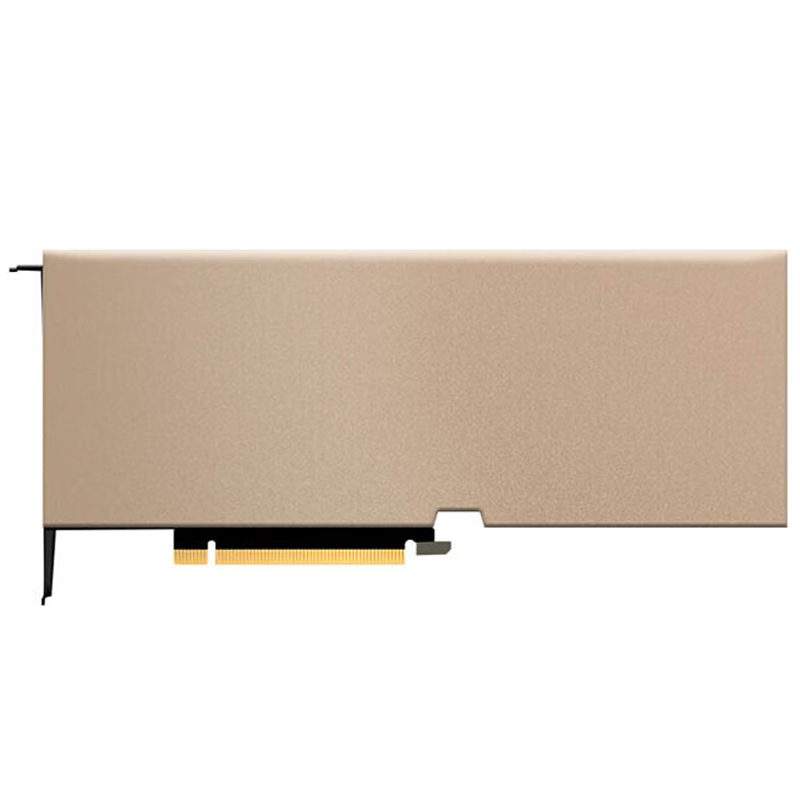
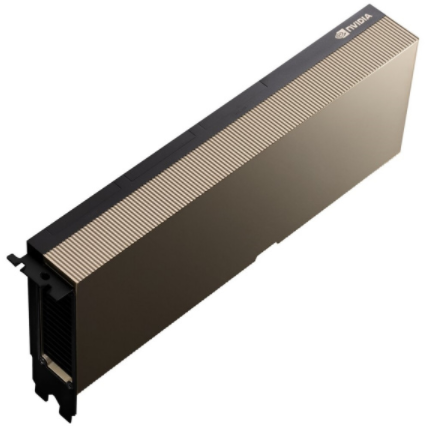
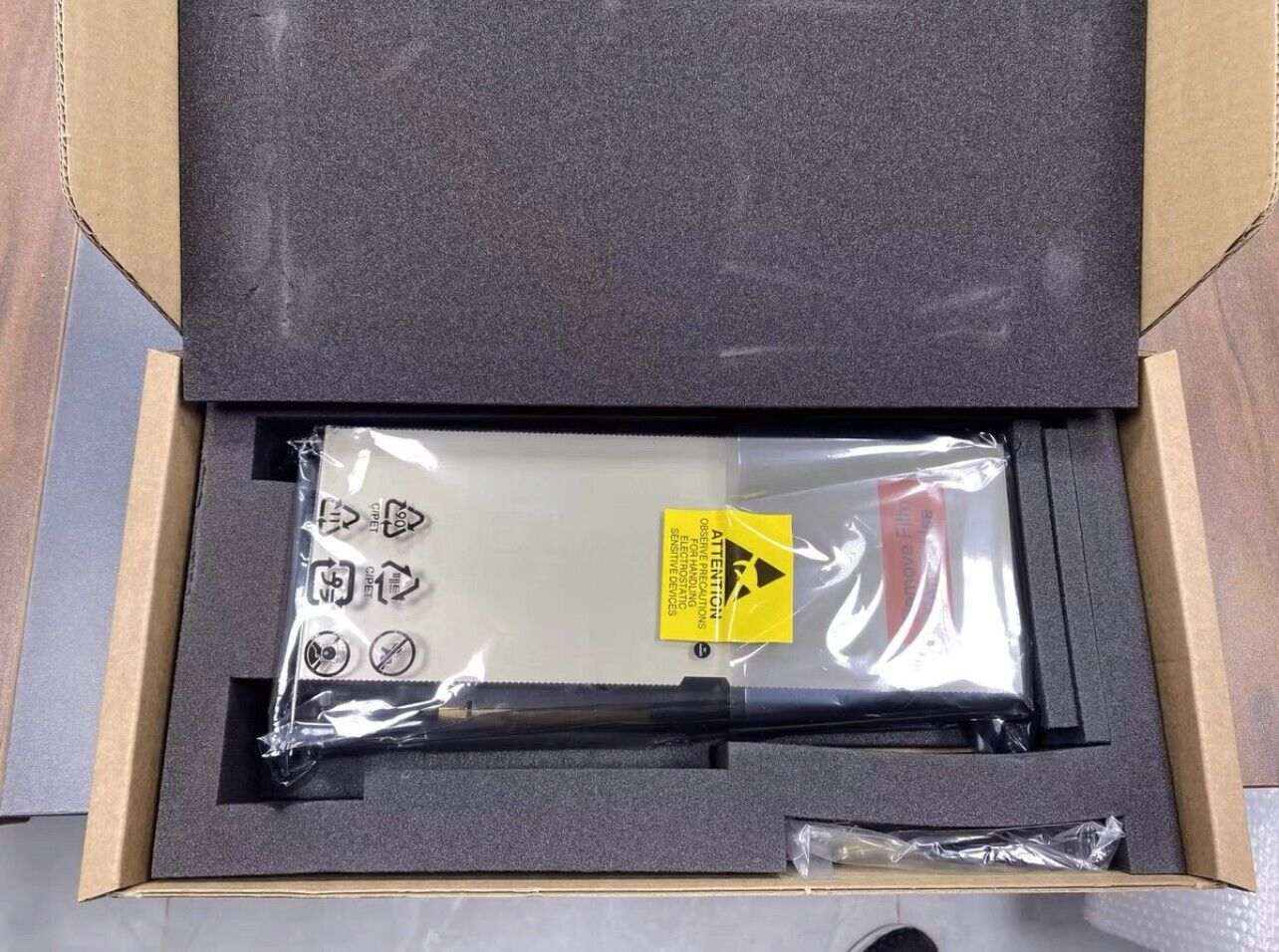
NVIDIA TESLA H100 80GB high-performance GPU parameters available from stock
In stock
NVIDIA Tesla H100 80GB is a high-performance GPU (graphics processing unit) launched by NVIDIA, mainly used in data centers and high-performance computing fields, with powerful computing power and parallel processing capabilities, the following is its detailed introduction:
Computing performance:
GPU architecture: Based on Nvidia’s Hopper architecture, this architecture is optimized in chip design, such as having more transistors, more advanced process processes, etc., to achieve efficient parallel computing. For example, the H100 uses TSMC’s 4N (4nm) process technology, which enables the chip to contain 80 billion transistors, laying the foundation for powerful performance.

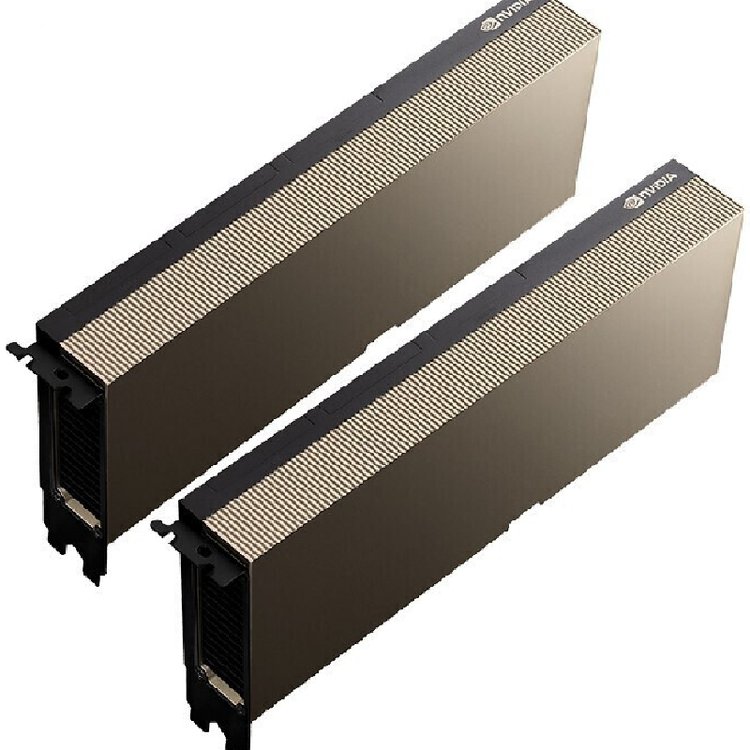
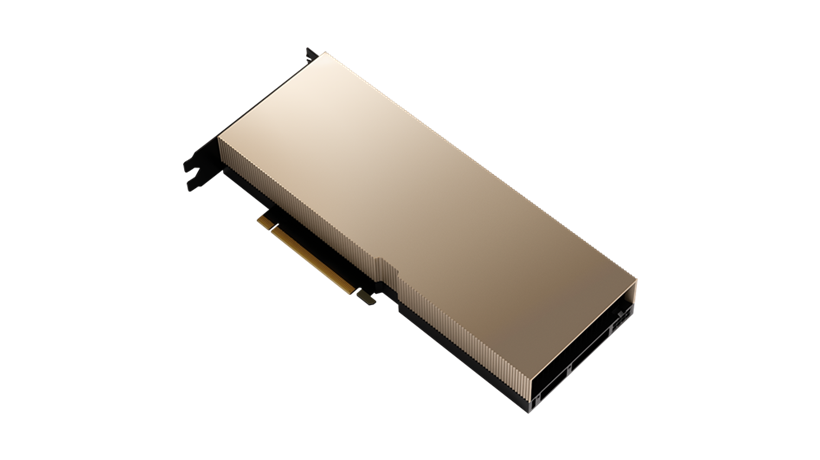
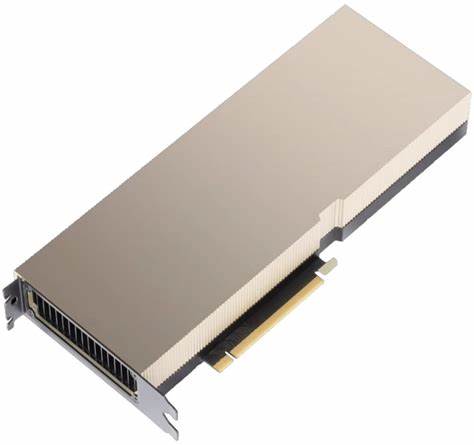
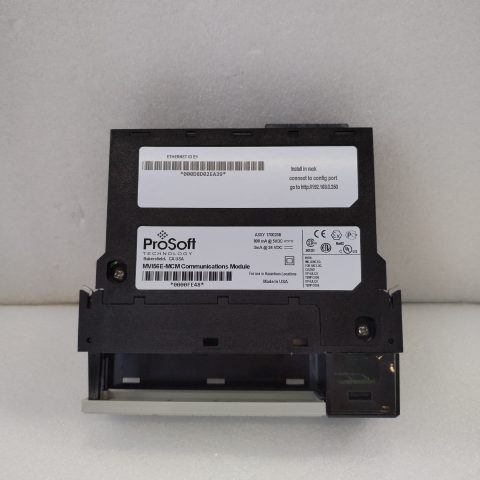
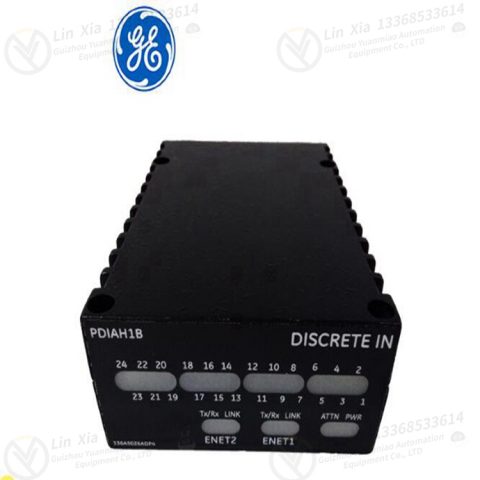


There are no reviews yet.